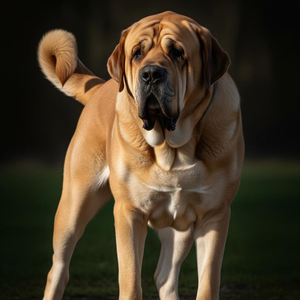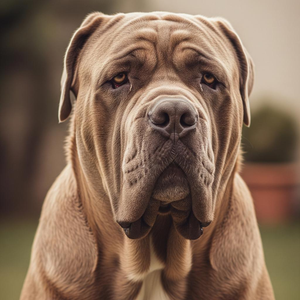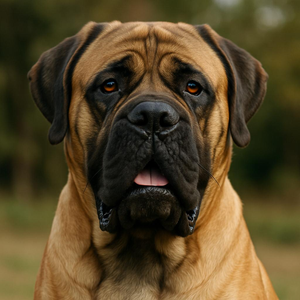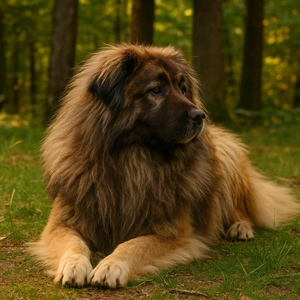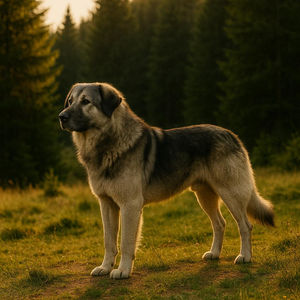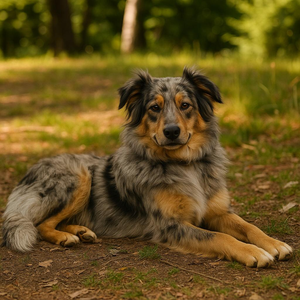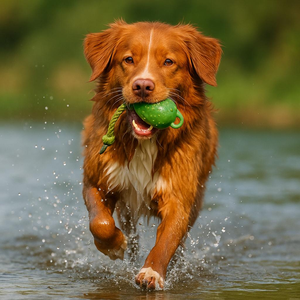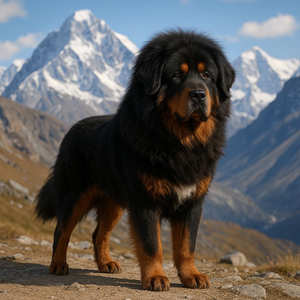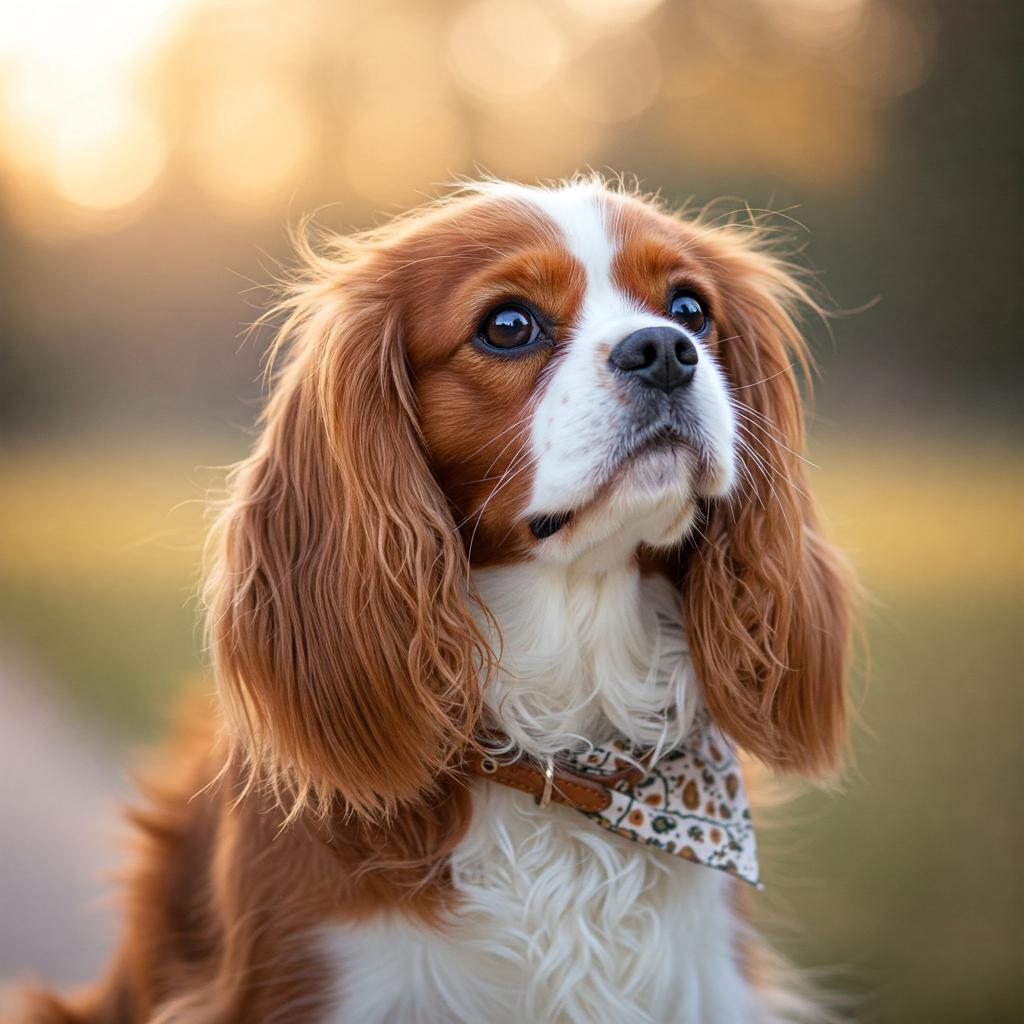
The Cavalier King Charles Spaniel Dog Breed
The Cavalier King Charles spaniel dog breed has existed since the 18th century, but there are paintings depicting these dogs as early as the 16th century. The current breed was created in the 20th century, although it originated from the King Charles spaniel that existed as early as the 18th century and it was breeder Elridge who drew up the breed standard in 1928.
For many centuries small spaniel breeds were very popular especially in England and became even more fashionable since King Charles I adopted one of these dogs as a companion dog. These dogs had a longer, pointed muzzle and a longer body than today's dogs. In fact, the King Charles spaniel was also crossed with pugs and this produced dogs with shorter, flatter snouts.
Spaniels have borne the name cavalier since the time of Charles II, known as loyal nobles. In fact, it is said that Charles II devoted more free time and leisure to them than to affairs of state. Cavalier kings have been the most popular dogs in royal and aristocratic courts for centuries, especially in the Spanish and English courts.
However, the origin of the cavalier Charles spaniel is not entirely clear; they have been depicted in paintings from 1500 onwards in various European countries such as Spain, England, Italy and Holland. They are mainly companion dogs, although in antiquity they were also used as hunting dogs.
Character of the Cavalier King Charles spaniel dog breed
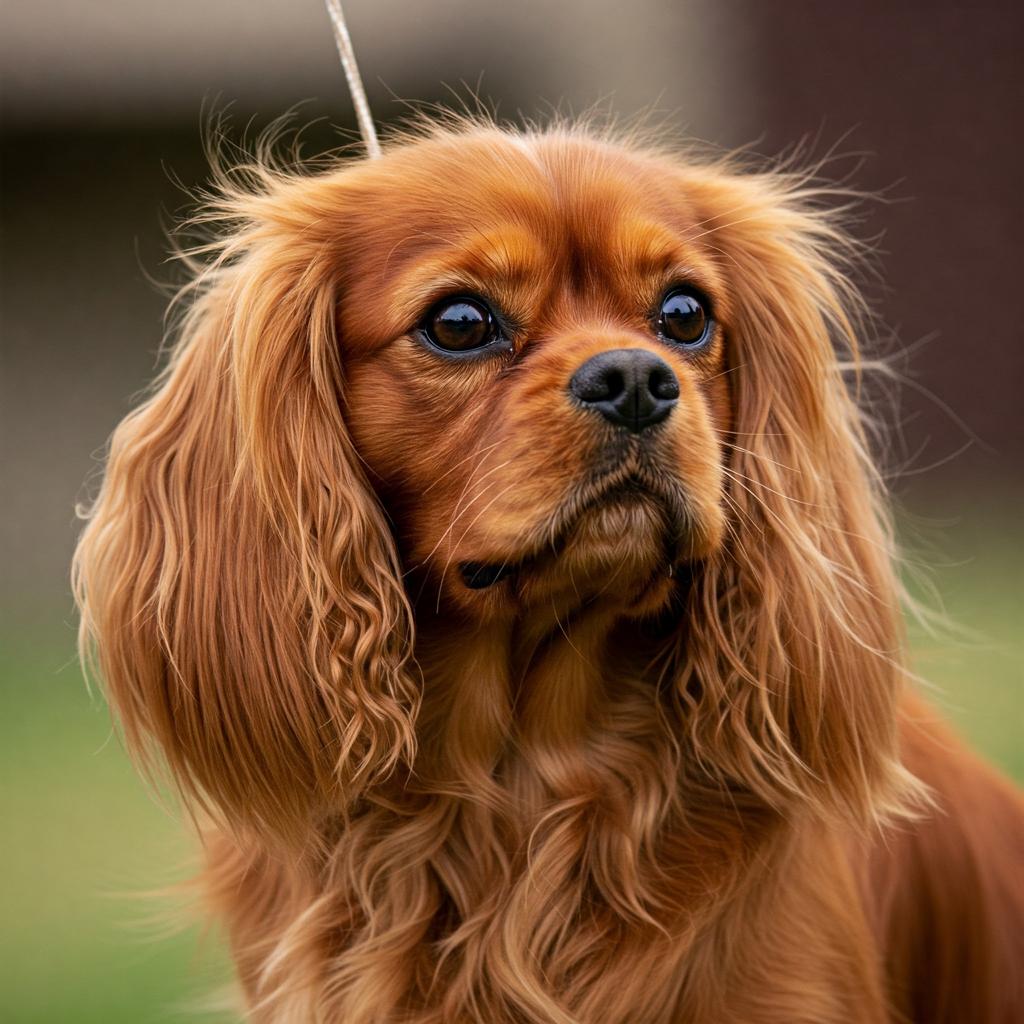
This breed is used to living indoors and is little adapted to loneliness, so it is not suitable for those who are away from home for a long time, they would suffer greatly. It is also suitable for the elderly, provided they have a way of taking it out for walks two or three times a day. It is a dog that does not like to stand still for long. And even at home he needs something to do, so it is advisable to get various toys so that he does not get bored.
He does not usually make trouble with other animals, dogs, cats or rabbits, on the contrary they keep him company. He doesn't bark much, only when he needs to, but he is not a guard dog, he may warn if he hears a stranger near. And with strangers he is not at all shy, he likes cuddles and being the centre of attention.
It is a dog that is very suitable for pet therapy, and many specimens are lately used in animal-assisted therapies with excellent results. He likes a lot when he is outside, playing fetch, jogging and in summer even some swimming in a stream or lake.
As far as his training is concerned, this is very easy, as the Cavalier King is always inclined to please his master. However, socialisation from an early age is necessary, both with people and with other animals, so that he does not develop shyness or, on the contrary, a little aggression.
Appearance of the Cavalier King Charles spaniel dog breed
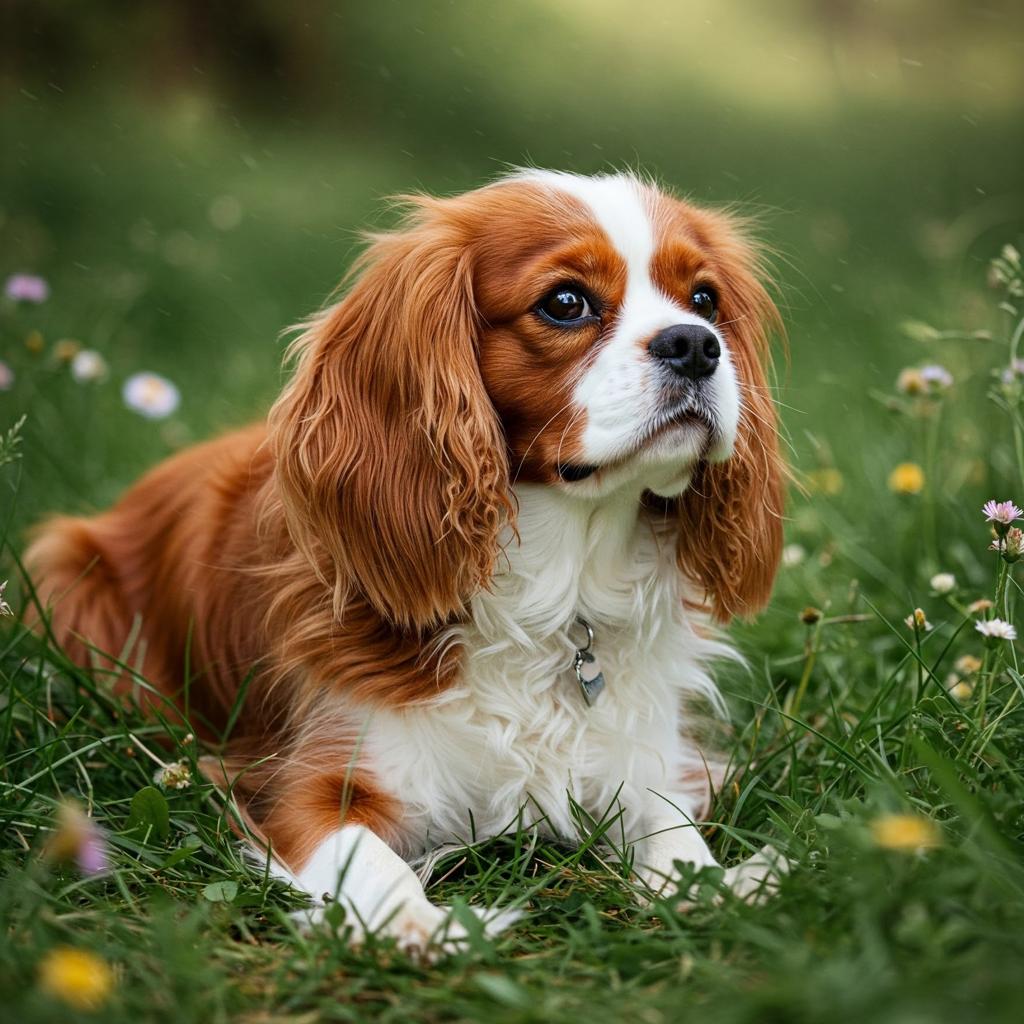
Its body is very well-proportioned and allows it to be very agile and predisposed for running. The limbs are straight with not too massive bones. The feet have well-developed foot pads with lots of hair. The tail is of proportionate length, well furred and not carried high.
The skull is flat, the ears are long with high hairline and richly fringed. The muzzle narrows towards the tip. The eyes are large and round with a sweet expression.
The coat is of medium length, smooth and never curly. Its coat can be black and fiery, ruby, blenheim and even tricolour. Another positive characteristic is the absence of odour due to the fact that its skin is not oily and is very fine.
Health and care of the Cavalier King Charles spaniel dog breed
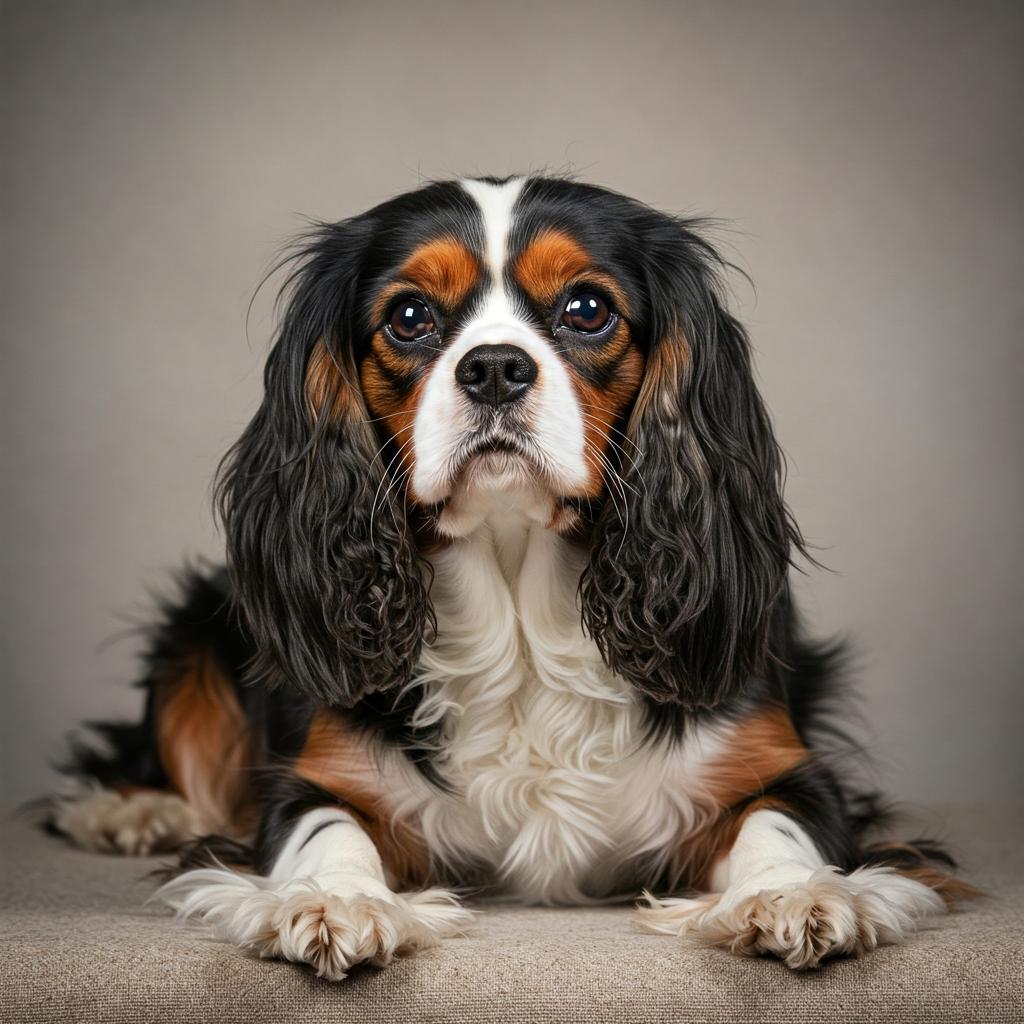
The life expectancy of a Cavalier King is about 12 years. Both hot and cold temperatures in extremes are not very well tolerated. As far as heat is concerned, this can lead to difficulties with the lungs and heart, so beware of heatstroke symptoms. For cold weather, it is sufficient to have a coat to take him outside.
The ears are very delicate and should be cleaned and checked regularly, paying particular attention to annoying bores.
As far as the coat is concerned, it is necessary to brush it daily; the silky upper coat tends to matt quickly. Shearing is not recommended, only the hair at leg and ear level should be shortened; this is also to facilitate cleaning.
Feeding should be controlled, the dog tends to eat more than necessary and without adequate exercise may tend to put on weight.


